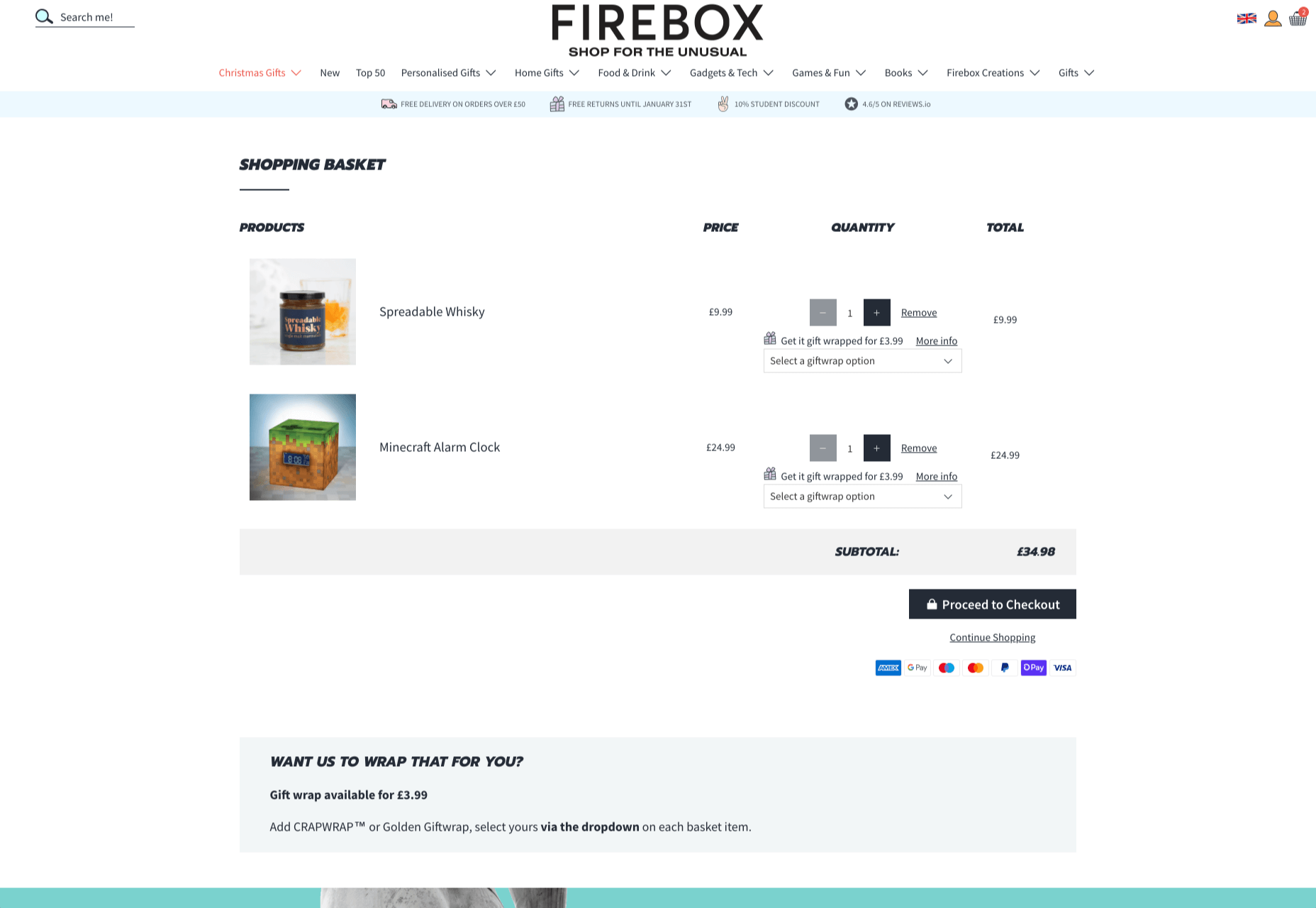WALLDORF, Allemagne – 18 décembre 2020 – SAP SE (NYSE : SAP) a dévoilé la solution SAP® SuccessFactors® Time Tracking. Cette nouvelle solution cloud offre aux entreprises des outils simples et innovants pour enregistrer, approuver et contrôler le temps de travail de leurs collaborateurs. Dotée d’une interface utilisateur intuitive, la solution SAP SuccessFactors Time Tracking améliore l’expérience des collaborateurs et permet de s’assurer que les salariés sont payées avec précision, dans les délais et conformément aux réglementations locales.
Grâce à des fonctionnalités avancées de gestion du temps et des présences, SAP SuccessFactors Time Tracking offre une vue en temps réel de la saisie des temps du personnel, ce qui permet une plus grande transparence des rémunérations et un meilleur contrôle des horaires et des heures supplémentaires. Les dirigeants peuvent suivre et minimiser les coûts de main-d’œuvre grâce à des informations et des tableaux de bord intégrés, ce qui contribue à améliorer la productivité de l’ensemble du personnel. La solution s’intègre aux solutions SAP SuccessFactors Employee Central, SAP SuccessFactors Employee Central Payroll ainsi qu’aux solutions de paie SAP classiques. La solution s’intègre également avec les badgeuses du marché. Les entreprises peuvent ainsi partager des données pertinentes entre plusieurs systèmes afin de garantir l’exactitude des paiements. En outre, la solution SAP SuccessFactors Time Tracking est une solution internationale conçue pour prendre en charge les spécificités locales notamment les fuseaux horaires, les langues, les calendriers de vacances, les règlementaires de paie spécifiques à chaque pays.
« La solution SAP SuccessFactors Time Tracking offre aux employés la personnalisation et la simplicité qu’ils sont en droit d’attendre d’une expérience de site internet grand public », a déclaré Amy Wilson, vice-présidente senior, HXM Product & Design, SAP SuccessFactors. « En même temps, elle apporte l’innovation dont nos clients ont besoin pour gérer des effectifs diversifiés et mondiaux et leur offre une plus grande flexibilité dans leur démarche vers le cloud ».
Les principaux avantages et caractéristiques prévus pour la solution SAP SuccessFactors sont les suivants :
- Une plus grande flexibilité pour les employés : Pour aider les employés à gérer leur équilibre entre vie professionnelle et vie privée, les salariés éligibles peuvent choisir soit d’être payés pour leurs heures supplémentaires, soit de les utiliser pour prendre des congés supplémentaires. La gestion des horaires flexibles permet aux employés de déterminer le rythme de travail qui leur conviennent le mieux dans le respect des règles imposées par l’employeur.
- Gestion simplifiée des horaires de travail : Le suivi intelligent des horaires permet aux collaborateurs de pointer à l’entrée et à la sortie et de suivre leur temps de travail au cours de la journée. Il permet aux RH de définir des alertes automatiques pour rappeler aux employés et aux responsables de remplir les feuilles de présence et les pointages de sortie. Les alertes de temps fournissent des avertissements et des messages d’erreur qui permettent aux administrateurs d’examiner et de corriger les problèmes de gestion et de pointage, tels que les heures supplémentaires excessives. En outre, la fonction de suivi de la valorisation des temps fournit des informations détaillées sur chaque étape de valorisation pour un employé, en montrant comment les saisies de temps spécifiques sont calculées. Cela permet aux RH de répondre rapidement et facilement aux questions des collaborateurs concernant leur rémunération.
- Amélioration de la transparence des processus de rémunération : Grâce à des flux d’approbation intelligents, les RH peuvent définir des règles pour automatiser l’approbation des feuilles de temps par lots. Grâce à l’approbation d’un seul enregistrement, les gestionnaires peuvent pré-approuver des demandes spécifiques, telles que le temps de déplacement associé au temps de travail effectif.
- Une visibilité accrue sur l’ensemble des effectifs : Les responsables disposent d’une parfaite visibilité sur les coûts salariaux, y compris les feuilles de temps planifiées et enregistrées, sur les heures de travail et les coûts associés. Cela permet de connaître les coûts de main-d’œuvre, le suivi des congés et de la productivité, et ainsi de prendre de meilleures décisions.
« La nouvelle solution SAP SuccessFactors Time Tracking est un ajout important à la suite SAP SuccessFactors Human Experience Management« , a déclaré Steve Goldberg, vice-président et directeur de recherche de Ventana Research Inc. « L’automatisation et l’activation de ces processus peuvent être ardues, voire complexes, et les limites des solutions existantes sur le terrain n’ont pas aidé. Cette solution de gestion du temps basée sur le cloud offre un large éventail de fonctionnalités essentielles et innovantes, associées au type d’interface utilisateur moderne que les clients attendent des solutions SAP SuccessFactors ».
La disponibilité de la solution SAP SuccessFactors Time Tracking est prévue pour janvier 2021. Pour en savoir plus sur la solution, consultez le site sap.com/time-tracking.
Visitez le SAP News Center. Suivez SAP sur Twitter @SAPNews.
The post SAP SuccessFactors Time Tracking : une nouvelle solution cloud pour simplifier les processus RH et améliorer l’expérience des salariés appeared first on SAP France News.
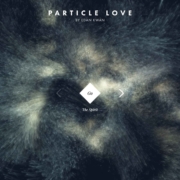
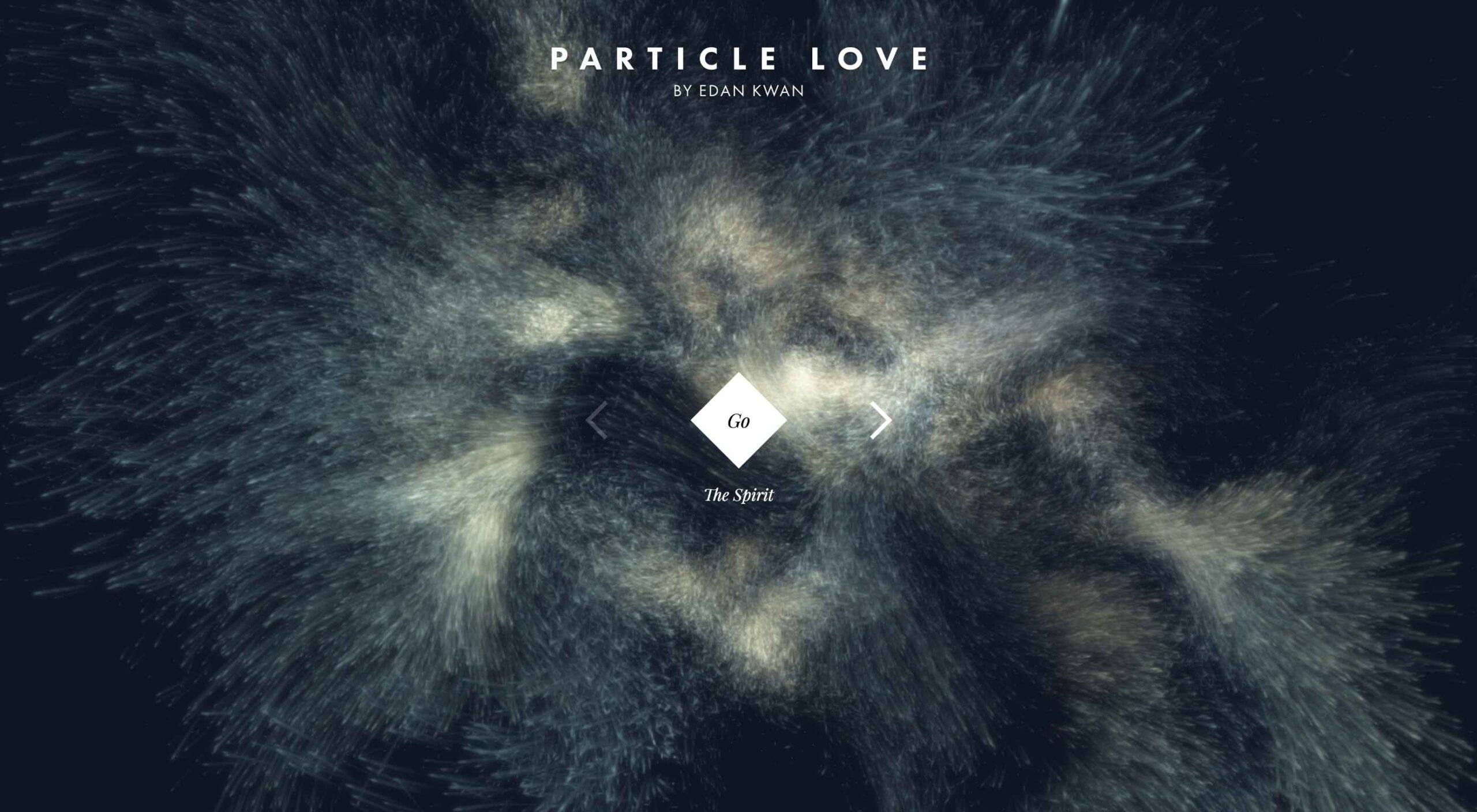 Animation is a fun and interesting way to bring life to a website. Used correctly, it can capture audience attention, make your website more engaging, and even improve your chances of delivering conversions for your clients.
Animation is a fun and interesting way to bring life to a website. Used correctly, it can capture audience attention, make your website more engaging, and even improve your chances of delivering conversions for your clients.





 Sass – the extended arm of CSS; the power factor that brings elegance to your code.
Sass – the extended arm of CSS; the power factor that brings elegance to your code.
 By the end of the year, the number of global smartphone users is
By the end of the year, the number of global smartphone users is 




 The end of the year tends to be busy for a variety of reasons and it can limit some of the freshness we see in designs during much of the year. Regardless, there are a few trending design elements.
The end of the year tends to be busy for a variety of reasons and it can limit some of the freshness we see in designs during much of the year. Regardless, there are a few trending design elements.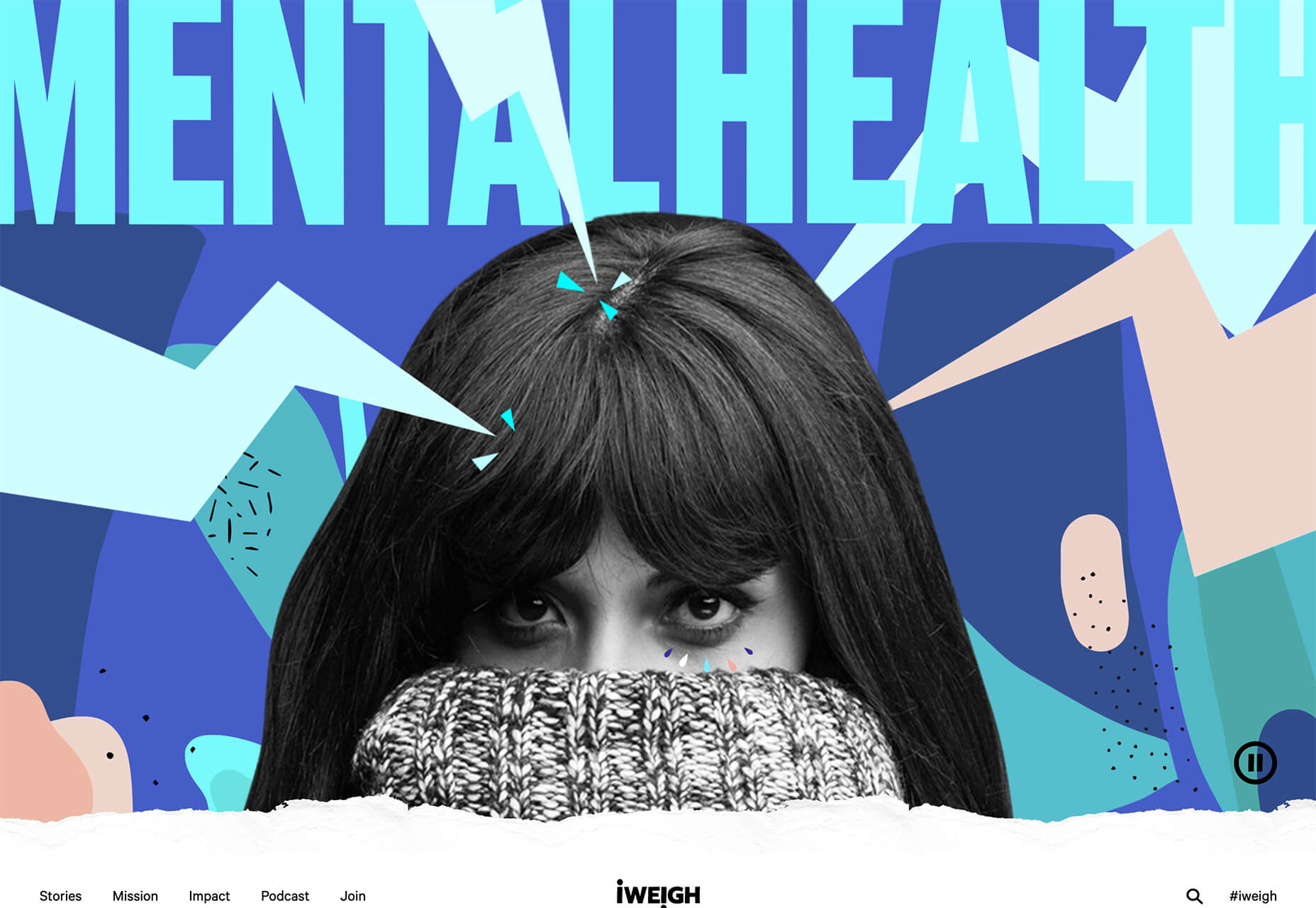





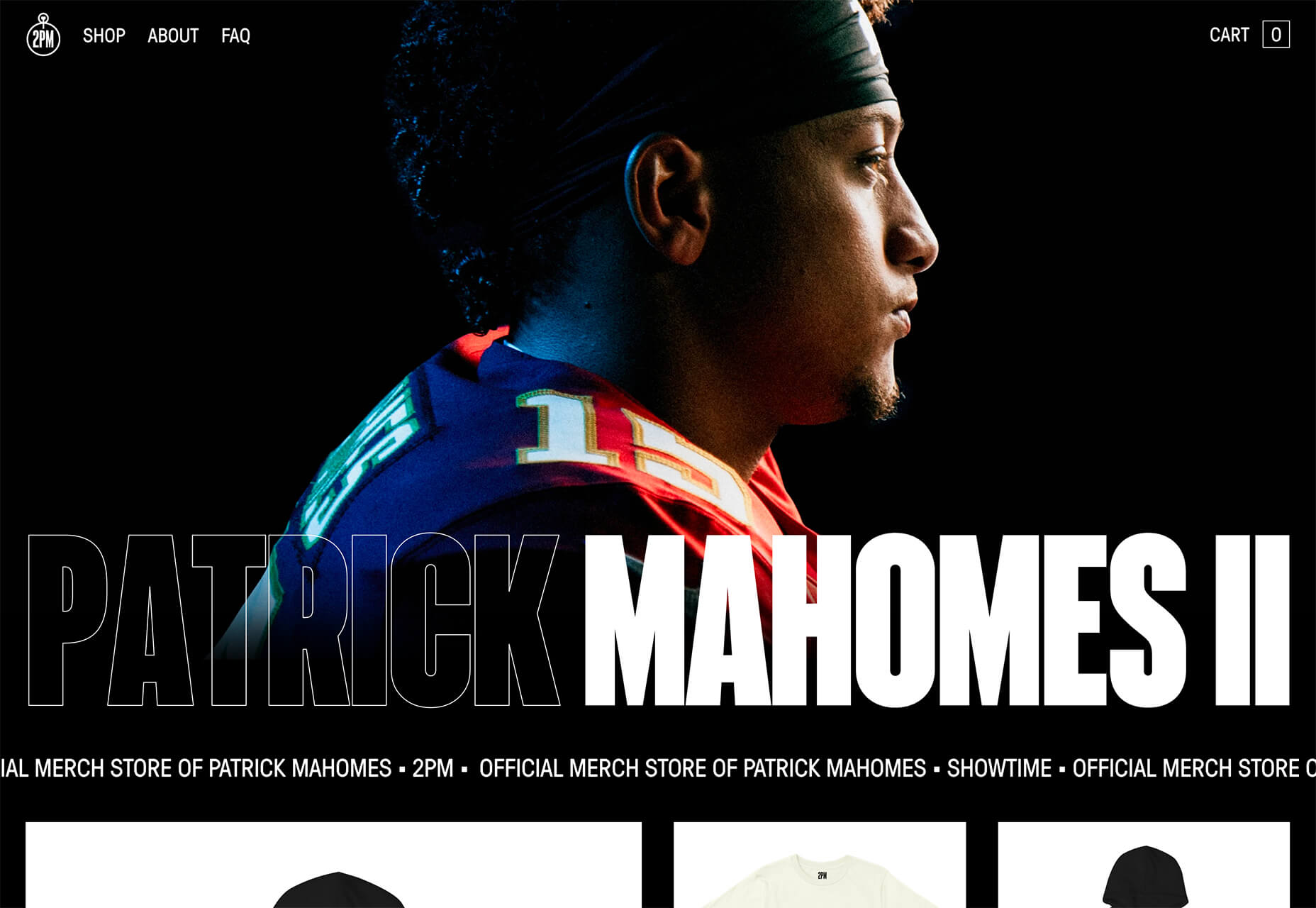

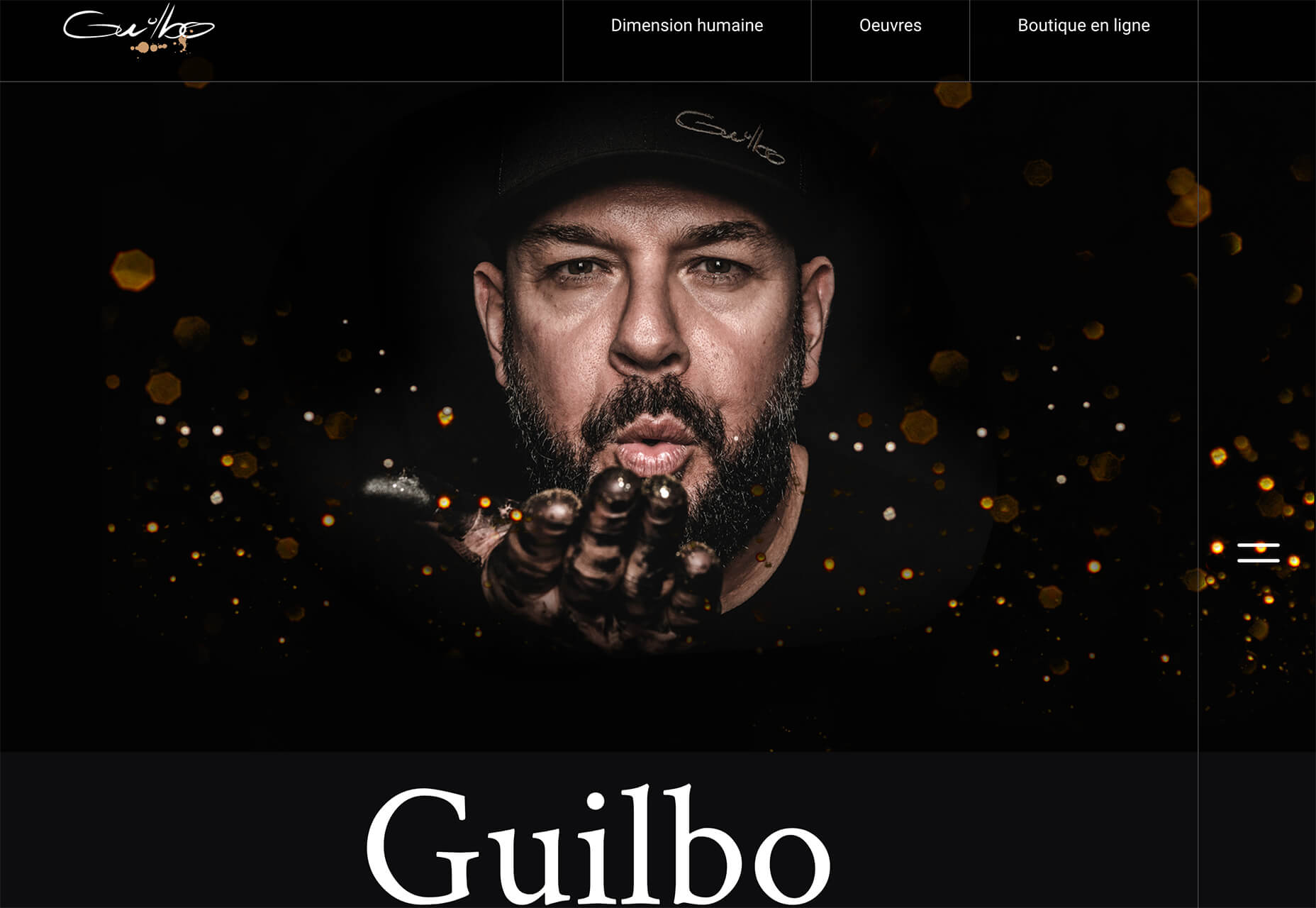

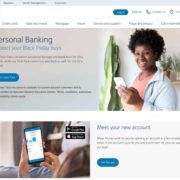
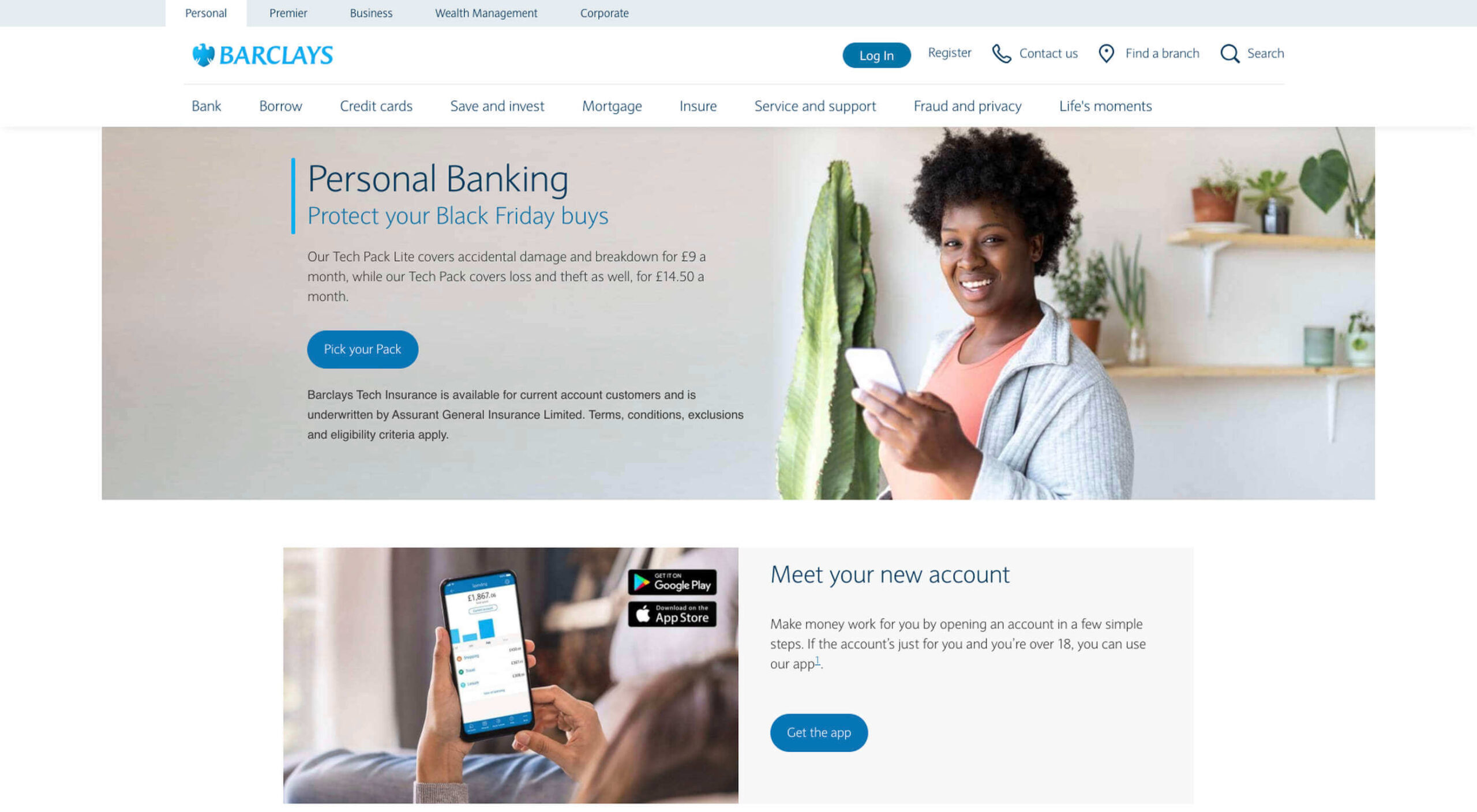 As human beings, we like to think that we’re rational creatures.
As human beings, we like to think that we’re rational creatures.

